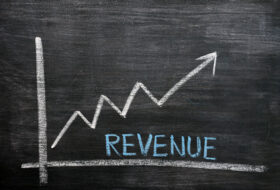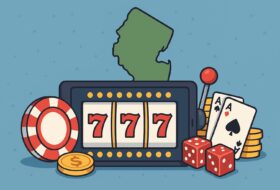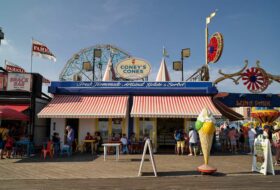
If you’ve watched a sporting event recently, you’ve seen that leagues have gone to great lengths to grab your attention. From piping in crowd music at baseball parks to live look-ins from the living rooms of diehard fans at NBA games, broadcasters and ballpark employees have gotten creative to entertain the masses.
Major League Baseball Wants Your Picture
While the NBA and NHL hold the remainder of their season in “bubbles” to assure the health of players and staff, MLB has decided to play their games at each team’s home ballpark. Creating an inviting atmosphere for home viewers and players on the field has created quite the challenge.
In the ballpark, MLB teams have found a unique way to get fans in the stands while helping out charities. Teams have allowed fans to purchase large composite board cutouts displaying uploaded pictures of their faces and upper bodies. The images are then placed in seats around the field to give the appearance of a pre-COVID game to viewers.
Of course, teams have enjoyed sneaking in a joke or two among the cardboard fans. In Kansas City, the Royals placed a cutout of Bernie, the lead character of Weekend at Bernie’s, behind home plate. The freeze-frame of Bernie went viral throughout social media platforms such as Twitter and Facebook.
The cutouts not only provide a more natural look to stadiums but are creating revenue for charities. The Los Angeles Dodgers have sold roughly 10,000 cutouts for their ballpark, raising $1.66 million for their foundation. Fans have used the cutout promotion to honor loved ones who have recently died by giving them one last chance to catch a game.
Other teams have added the bonus of sending foul balls to the fans who have their cutouts hit during a game.
The Art of Ballpark Showmanship
On the field, MLB stadium operators have worked tirelessly to integrate sounds for fans and players seamlessly. While baseball writers worried that the artificial atmosphere might distract the action on the field, players have appreciated the theatrics.
“The crowd noise that they’ve been playing, it kind of tricks your mind a little bit when you’re on the field,” says Joey Gallo, Texas Rangers outfielder. “Because they’re playing it in the right situation when there’s a big moment. Even when I was hitting when it was 3-1 in the bottom of the ninth with two outs, I felt pressure from the crowd with that noise.”
Fandom inside the NBA-NHL Bubble
If you have tuned into the NBA and NHL’s bubble games, you have seen the future (and limitations) of creating an inviting, technologically-assisted atmosphere catering to fans.
Out of the three returned leagues, the NHL has gone the furthest to give fans a Hollywood spectacle. Without people in the stands, the league has taken the extra legroom, and added cameras, enhanced in-arena crowd noise, and filled the lower levels with large video screens.
Of course, that level of access comes at a cost for the league.
Without crowd noise, the league, worried about families hearing the occasional curse word, has given broadcasts a longer delay to catch any offensive language. So while fans will get a more up close and personal watching experience, there are still barriers to making the broadcasts accessible to children.
The NBA’s bubble at Walt Disney World’s sports complex is an altogether different beast. With games spread across three locations, the NBA has given each site a uniform look down to the extra-large video board that stretches behind each team’s bench.
On the screen, hundreds of superfans from around the country are projected for viewers and players to see. Working as hype-men, these fans only have one-way access to the game by viewing it through their computer screen. While the setup has created some funny moments, usually tied around older adults who get too close to their webcam, for the most part, reception to the virtual fans has been enthusiastic.
With the coronavirus pandemic appearing to have no end in sight, each league plans to learn from the virtual environment’s successes and failures for future broadcasts.





